You're in the middle of cooking and a car alarm, cute kitten, or neighborhood brawl made you step away from the stove for a few minutes longer that you should have. It happens to almost every home cook. Most of the time, nothing dramatic happens, but every now and then, you end up with something like this:

Learn from others' mistakes and pay attention to what you're cooking.
Fortunately, this problem is easily solvable without crazy-strong chemicals. Most of the ingredients to rescue your burned pans are already right in your cupboards. I would say that if you don't already own a good pair of sturdy household gloves, you should go out and get them—the scrubbing action alone will be rough on your fingertips.
The Soaking Method
Sometimes all your scorched pan needs is some overnight TLC. If there's only a thin layer of burned food on the bottom of the pan, make a solution of hot, soapy water and let it sit for as long as possible. The next morning, gauge how loose the scorched food is.
Depending on how bad the situation is, you might just need to make a paste of a gentle abrasive like Bon Ami, Barkeeper's Friend, or baking soda and use a scouring pad to get the rest of it off.
If the food is still pretty stuck on the pot, try an old-fashioned soap-filled Brillo or SOS pad, although be warned: they can scratch up the surface. Do a patch test on your pan somewhere innocuous first.

I'm partial to Bon Ami cleanser because (a) it's gentle but very effective and (b) the label is adorable.
You can also use oil instead of water, especially if you've scorched a cast-iron pan. Pour in a shallow layer of food-grade oil so that all the scorched parts are submerged. Heat the oil until you see small bubbles in the surface, then cover the pan with a lid, cutting board, or another pan of similar size.
If possible, let the pan sit over the pilot light or another gentle, even heat source for as long as possible. Use a wooden spoon and gently scrape what you can off the bottom of the pan, wipe out the excess oil with a paper towel and then use one of the gentle abrasives listed above to clean out the rest.
Apply Only Heat
I've scorched more pots than I care to think about in an attempt to make nurungji bap, which is a layer of rice that has been lightly charred until it's golden brown and filled with flavor. The burned residue of my failed attempts is one tough mother to remove.
However, I discovered that if I kept the pot over gentle heat without adding water or oil, the burned rice would eventually get super, super crispy and I could lift/scrape it off easily. Afterward, I could wash it as I normally would.

Nurungji map looks like this in its ideal state. Many cultures have a similar dish.
This method is probably best used with only mildly scorched/food encrusted pans. For serious scorching, I generally resort to the method below.
Boil Homemade Cleaning Solutions in the Scorched Pot
If your pan is really scorched, you need the big guns. Mix two or three cups of water with either baking soda and white vinegar or dishwashing soap and hydrogen peroxide. Heat on medium with a lid, if possible, until the solution comes to a boil in your burned pan. After three or four minutes, lower the heat and scrape at the gunk with a wooden spoon until it's all loosened.
Use Sugar Cubes to Clean Scorched Pans
Turns out sugar cubes can be used to clean heavily scorched pans. The gentle abrasion of sugar granules packed into handy cubes basically makes them mini-scrubby sponges. You just have to be careful to only lightly wet the surface of the area you're cleaning. If it's really wet, the sugar cube will just dissolve. Check out the video below for a demonstration.
Special Cases: Cast Iron & Non-Stick
One note about cast-iron: If you badly scorch cast iron and ruin the seasoning (i.e., the surface is very dull and uneven), you're probably better off stripping it and re-seasoning it.
Most of the cleaning tips discussed above will work on non-stick, but I'd be cautious about using anything abrasive on a non-stick surface. Check the manufacturer's instructions, do a patch test, and use your common sense.
Want More Great Cleaning Tips?
Check out Yumi's illustrated guide to getting burned-on food off of pots and pans for more methods, like using Alka-Seltzer tablets or dryer sheets. Sounds interesting, right?
Also, learn how to get scuff marks off plates and remove tarnish from silverware and make a cheap, easy stain remover at home.
What's your secret for rescuing scorched pans?







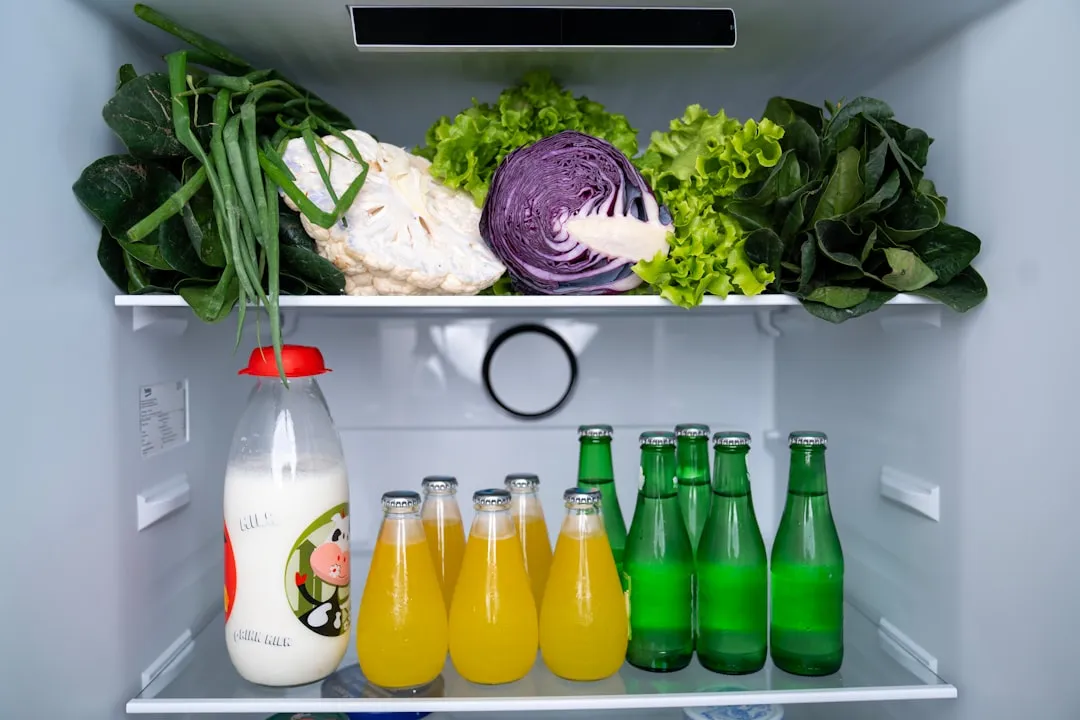
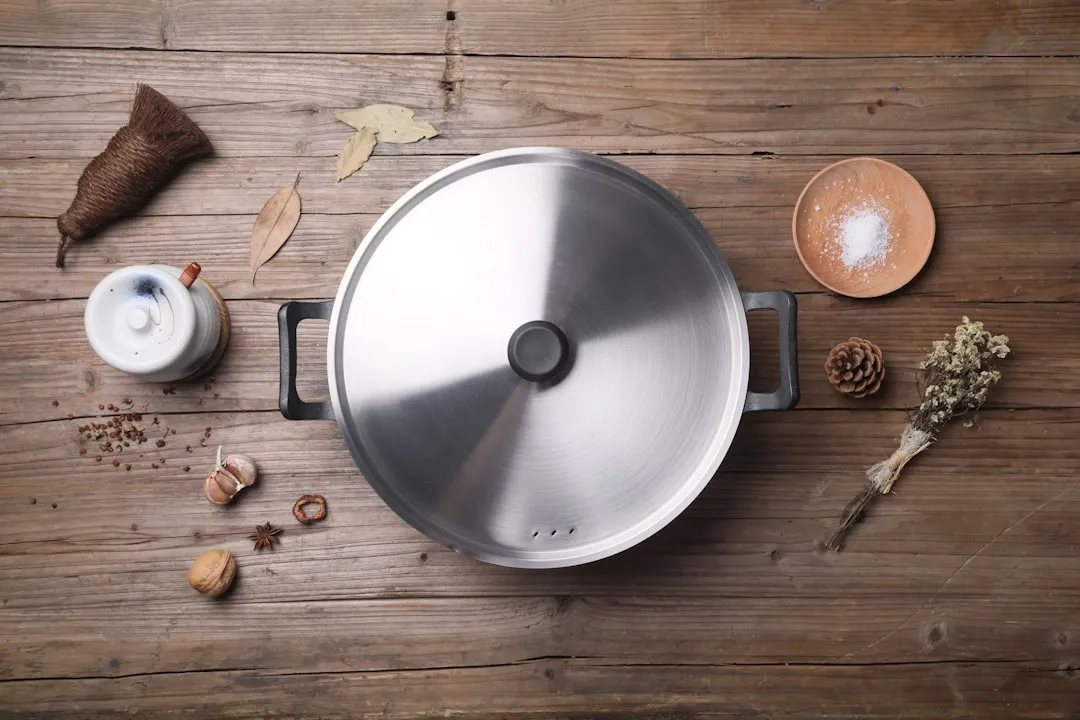



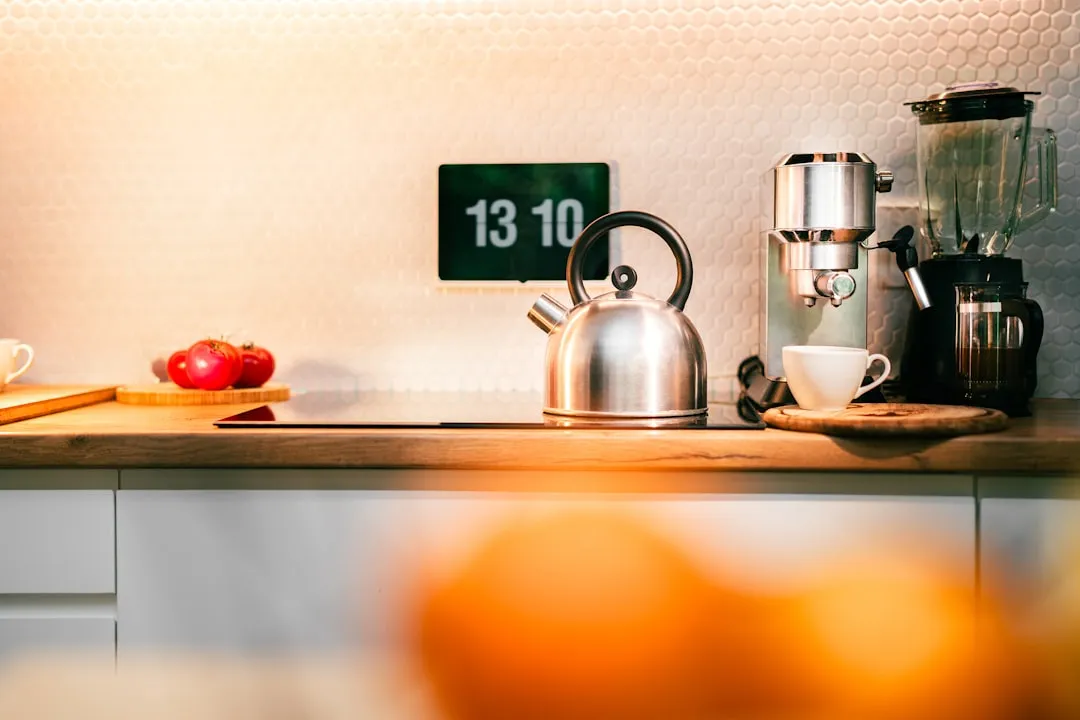
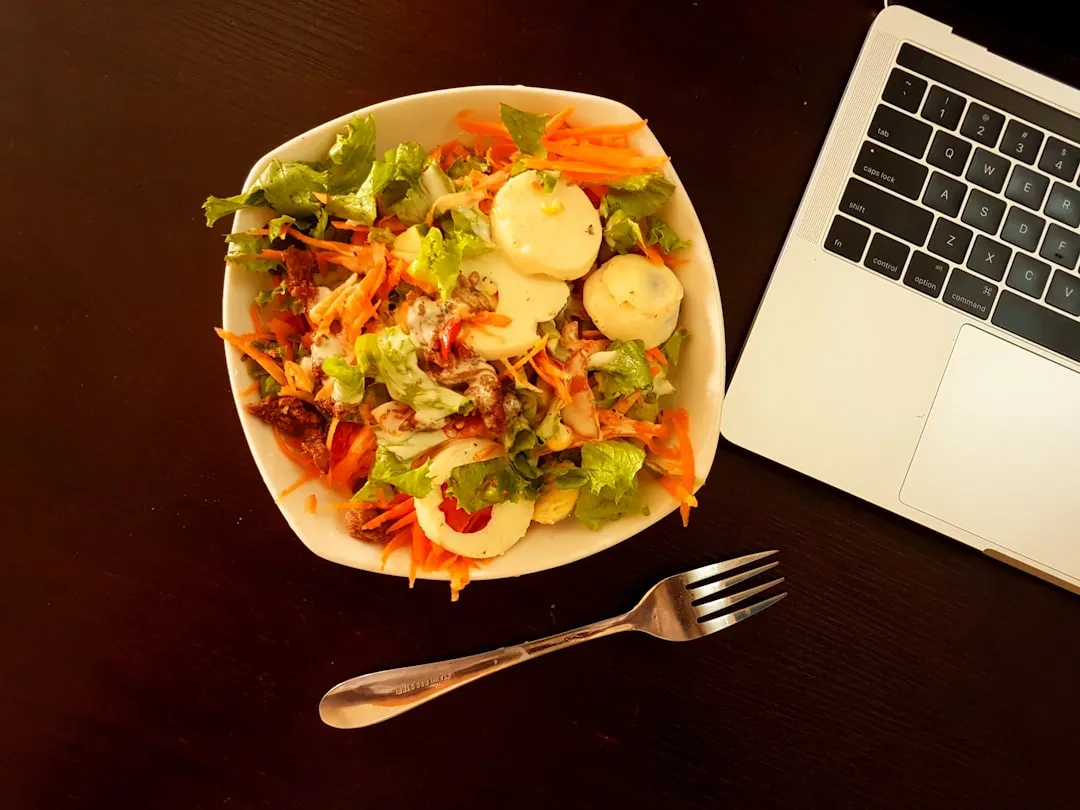



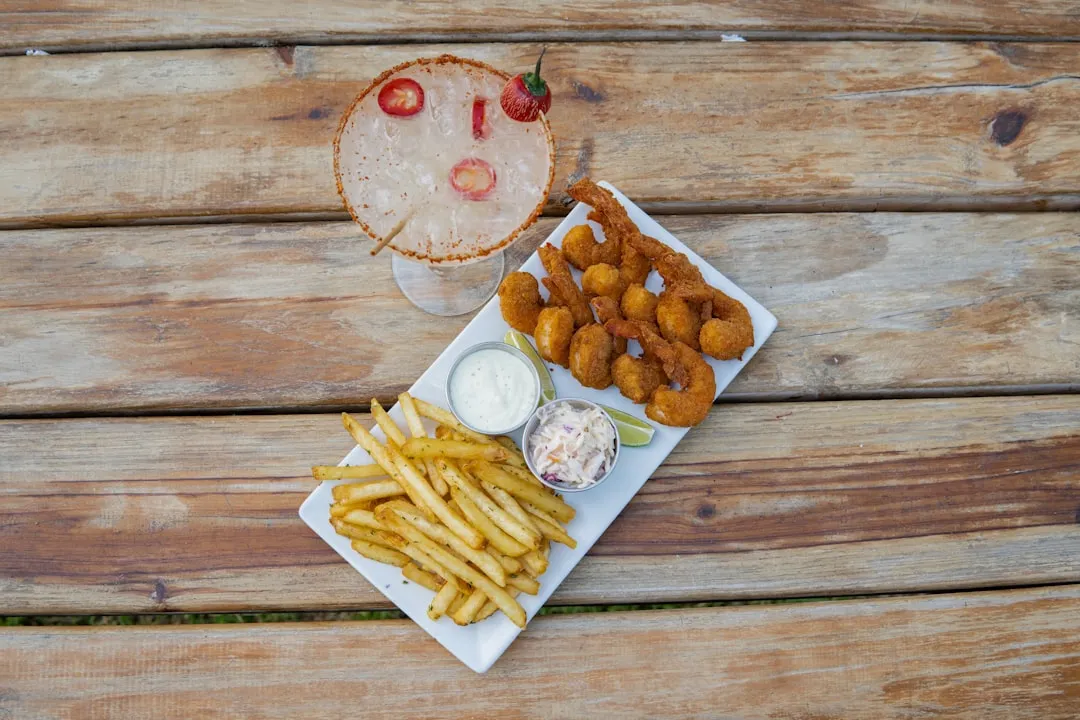



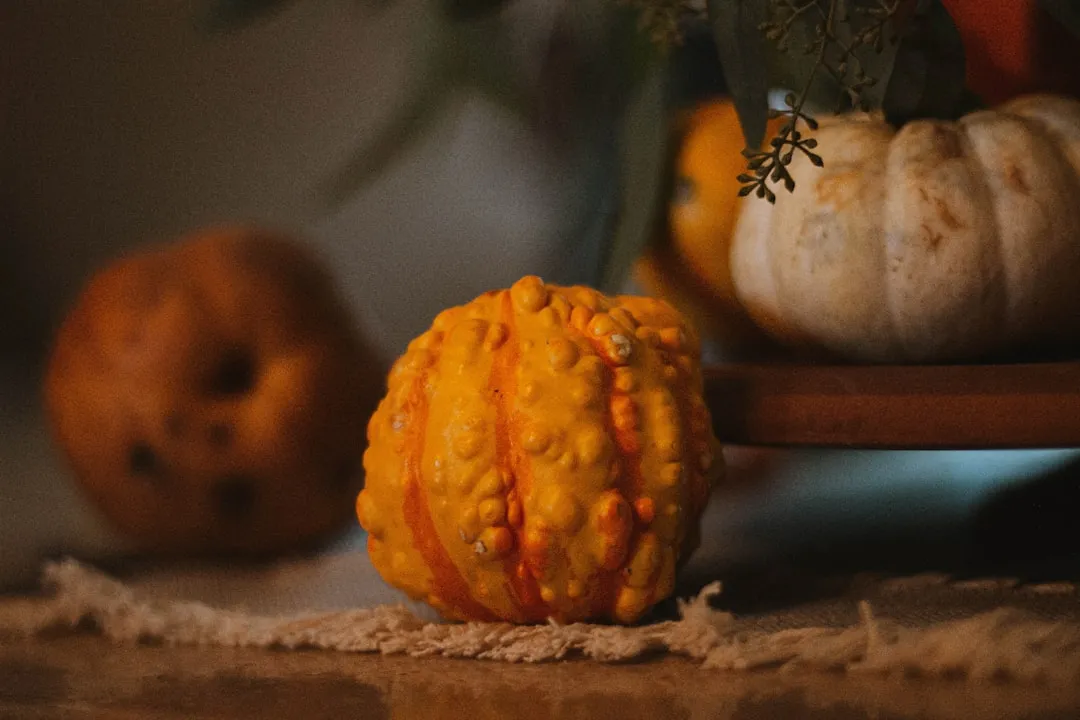



Comments
Be the first, drop a comment!